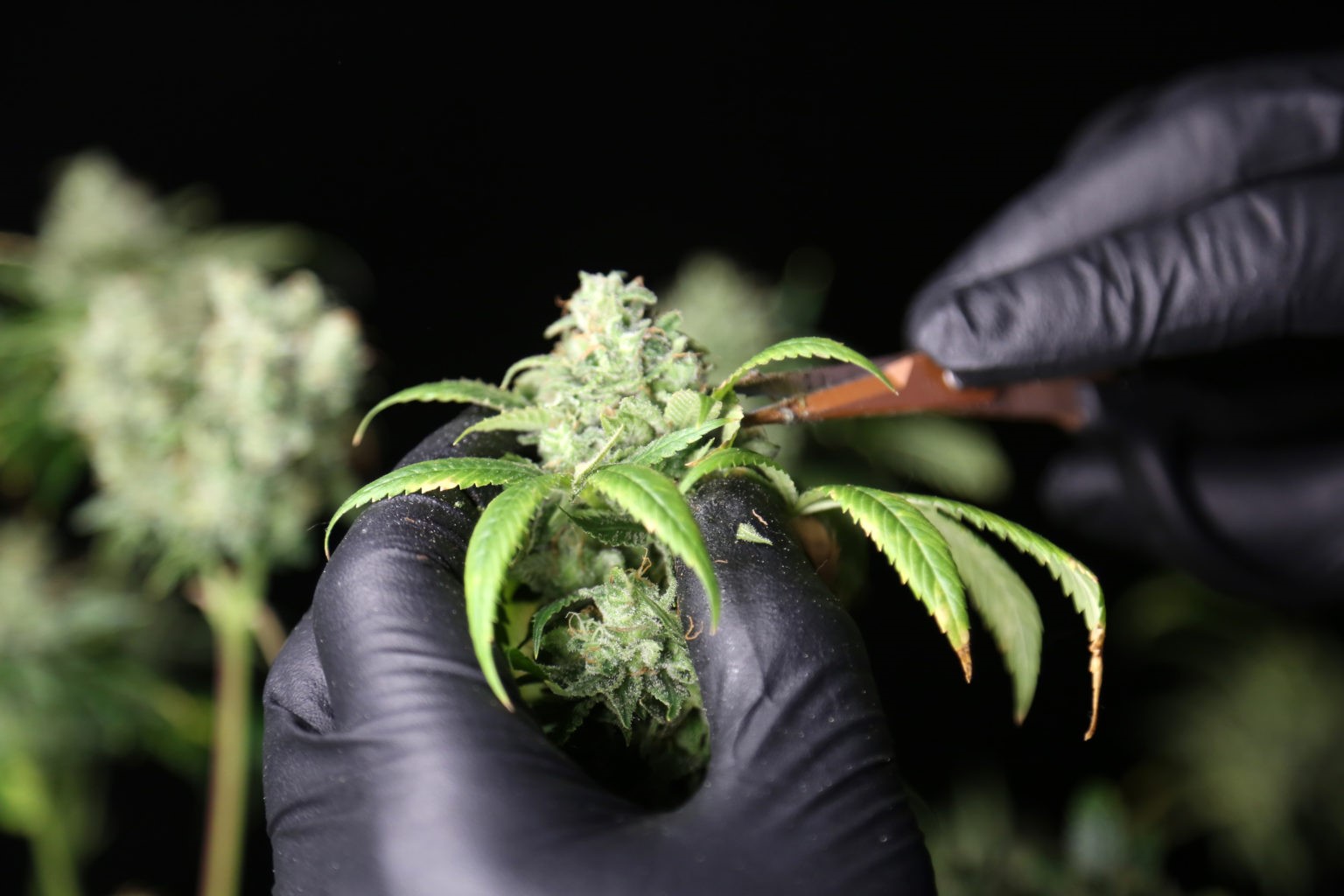Autoflowers first entered the scene when a variety called Ruderalis was discovered in Russia. This groundbreaking discovery took place around the 1940s, and since then, a multitude of strains have emerged in the market. The debut of the “Lowryder,” the first autoflowering strain, sparked great excitement among growers.
To explore a wide variety of these innovative and easy-to-grow autoflowers, consider visiting a reputable online store. For those interested in beginning their own cultivation journey, Buy cannabis seeds online offers an extensive selection to suit various growing preferences and needs.
However, since this strain lacked THC and yielded low outputs, there was a prevailing belief that autoflowers were inferior to the widely accepted photoperiodic strains. Fortunately, times have changed. Autoflowers now not only boast high THC content but also rival photoperiodic plants in terms of yield. If you’re new to growing autoflowers, you might wonder about their ease of cultivation. It’s a valid question, especially considering the myths surrounding autoflowers. By the end of this article, you’ll feel confident enough to try growing a few strains yourself. So, let’s dive in and understand why it’s indeed simple to grow autoflowers.
HOW ARE AUTOFLOWERS DIFFERENT?
Autoflowers differ from photoperiodic strains in several ways. Photoperiodic strains depend on light to initiate flowering, whereas autoflowers do not. For instance, if a photoperiodic plant grows outdoors, it relies on signals indicating the approach of winter. In winter, periods of darkness increase, triggering photoperiodic plants to bloom solely due to seasonal changes. Indoor growers use artificial light, easily manipulating light/dark cycles. For example, during the vegetative stage of indoor-grown photoperiodic strains, plants require a light cycle of 18 hours of light and 6 hours of darkness for proper growth. Some growers provide 16 hours of light and 8 hours of darkness, and the plants still thrive, but the amount of light should exceed darkness in this stage. As long as the plant receives more light than darkness, it remains in the vegetative phase. Also, it’s crucial that the plants receive uninterrupted light to reach their full potential without getting “confused.” This is why many growers fear power outages when cultivating photoperiodic strains. Later, when satisfied with their growth, they transition the plants to the flowering phase by tricking them again.
Contrasting Growth Cycles: Photoperiodic Plants vs. Autoflowers
In the flowering phase, plants need at least 12 hours of light and 12 hours of continuous darkness. At this point, the plant starts forming buds. The flowering phase continues as long as the plant receives a substantial amount of darkness. When the plant matures and produces several buds, the grower harvests them. Hence, photoperiodic plants require seasonal changes to complete their lifecycle. The light-dark cycle is vital for enabling good growth and harvest. In contrast, autoflowers are not dependent on seasonal changes. They flower “automatically,” meaning the vegetative stage lasts only 1-4 weeks, and the plant starts blooming without human intervention. There’s no need to manipulate the light/dark cycle, as the plant flowers regardless of seasonal changes. This characteristic is due to genetic adaptations. Cannabis ruderalis populations evolved in northern regions of the world with shorter growing periods. Photoperiodic varieties, which take months to grow and mature, struggle in these conditions.
Important Note: Purchase Your Cannabis Seeds from a Reliable Growshop
When embarking on your cannabis cultivation journey, it’s crucial to source your seeds from a trustworthy and experienced grow shop. A reliable provider ensures high-quality seeds, contributing to the success and health of your plants. Choose a grow shop with a proven track record for best results in your growing endeavors.

